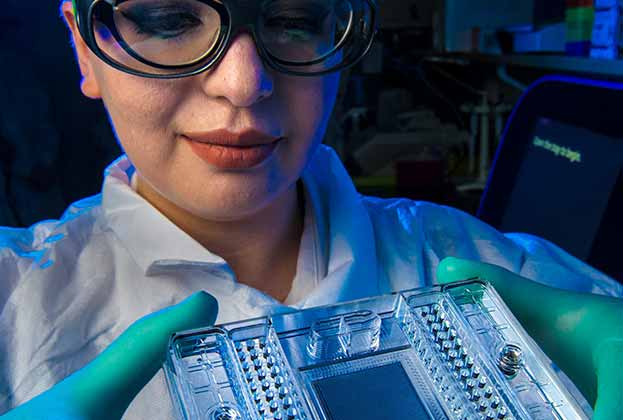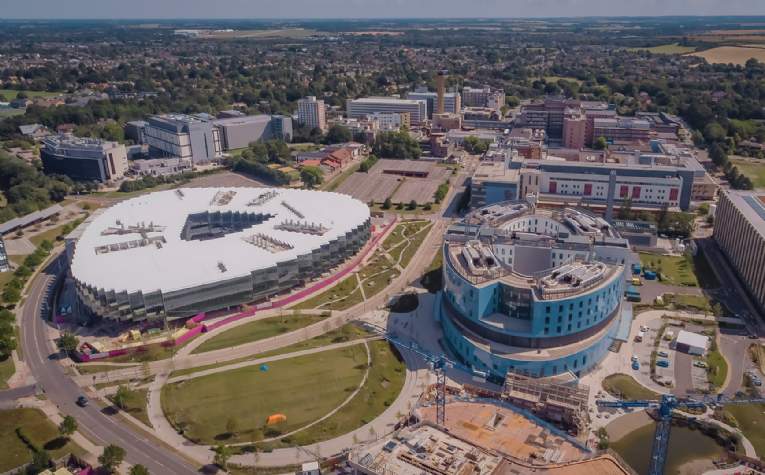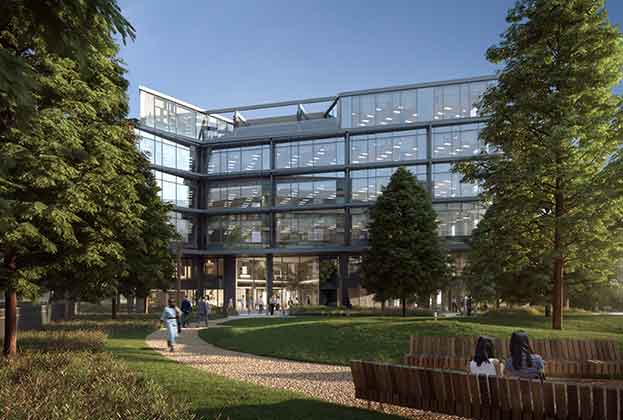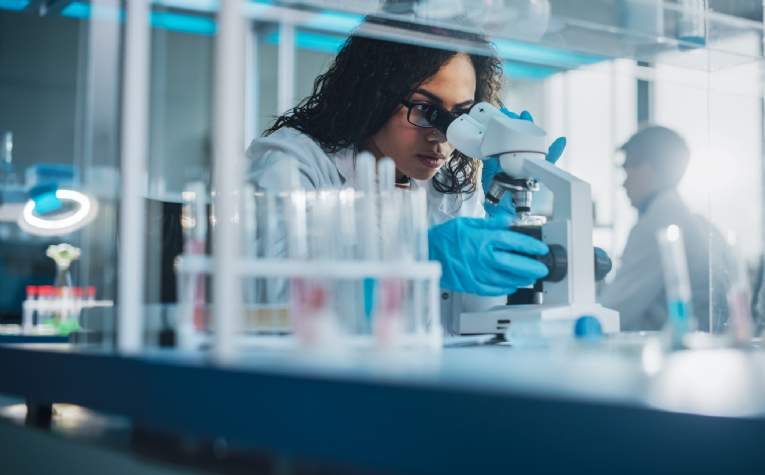A rivalry existed between Oxford and Cambridge as far back as the 12th century. Fast forward a few hundred years and even today there remains friendly competition, however it could be said that their similarities outweigh the differences, especially in the fields of science and technology.
Historically, Cambridge has often been seen to be ahead of Oxford when it comes to catering for science occupiers, however the gap is almost certainly closing. Looking at venture capital funding into life science companies in both cities, this is only set to accelerate.
Excluding the US, in 2021 Cambridge and Oxford ranked fourth and ninth respectively on the international funding stage. The power of the two cities combined saw a total of $3.1 billion invested into the sector, ranking Oxbridge second just behind Shanghai. Even if you did include the American heavy hitters such as Boston and San Francisco they’d still place in the top 15 cities globally.
So what does this mean for science-related real estate?
In short, due to such considerable demand, supply in both cities remains significantly constrained. At present, demand in Oxfordshire is circa two million sq ft. This also includes a number of never been seen before HQ requirements of up to 150,000 sq ft. Consequently, the city has seen rents move on over the last 12 months, with fitted lab space now commanding between £65 and £75 per sq ft, compared to £45 and £50 per sq ft in 2021, as demonstrated at buildings at Oxford Science Park and Oxford Business Park.
Given the strong fundamentals of its occupational market, the city has also seen greater investor demand. In fact, Oxford saw the highest ever levels of investment in 2021 at £805 million. This has led to the deployment of significant capital across existing parks, emerging locations and office and retail buildings capable of being converted into laboratory space.
This has also helped to bolster the development pipeline. While this year and next availability remains fairly tight, we estimate that 2024 will see around 900,000 sq ft of new stock, with a further 660,000 sq ft coming to the market in 2025. Alongside the traditional locations such as Harwell Campus, Milton Park and Oxford Science Park, proposed development at Oxford North is due to start this spring, while future schemes at Begbroke and on the Botley Road will help to address the currents supply and demand imbalance.
The story is not dissimilar in Cambridge: with laboratory vacancy now at virtually zero, the need for development remains critical. This is likely to hamper take-up in the short term, especially as the next deliverable scheme at Unity Campus, Sawston, will not be ready for occupation until 2023.
Nevertheless, much like Oxford, investor interest was significant last year, with Cambridge seeing £1.2 billion worth of transactions, which should help cater for the future growth of the city. These deals will result in new supply, with a number of developments currently at different stages of planning. However, there are also existing schemes that could provide much needed new space in the next few years including Cambridge Biomedical Campus, Granta Park, Chesterford Research Park, and Babraham, in tandem with schemes to the north of Cambridge.
Ultimately, both Oxford and Cambridge are instrumental to the UK’s reputation as a global science and innovation hub and their combined future potential should not be underestimated.
Further information
Contact Rupert Dando or Jan Losch
European life science: emerging hotspots


.jpg)

.jpg)
.jpg)


.jpg)

